Whew, that title is worthy of a master’s thesis. (Note: The majority of what follows is adapted from the script I wrote for a follow-up video that I have since decided not to make.)
About 3 months ago, I bought a Fender American Ultra Jazz Bass, and the day I took it out of the box, I made a YouTube video demoing the instrument and giving my first impressions:
In the time since I made that video, I’ve played the bass a lot, and I’ve had some ongoing frustrations with one specific aspect: I just can’t seem to get the action set to my satisfaction. The frustrations were exacerbated by a comment the video received last week, criticizing the high action on this bass due to the Fender Hi-Mass bridge… and also my abilities as a player.
Feeding the trolls
I’m not thin-skinned, but I do take criticism to heart. I know I’m not the most technically dazzling player, and I don’t aspire to be. I’ve been playing bass since I was 15 — that’s 34 years, if you’re into math — but I’ve never become a “shredder” for three reasons:
- I just don’t have the manual dexterity for it, especially as I’m getting older.
- I have not made my living as a professional player, so I have limited time (and motivation) to practice.
- Flashy technique is not the pinnacle of good bass playing.
I want to focus for a minute on that last point. Yes, technique matters. But playing fast is rarely the most important part of playing bass. Tone, groove, and fitting into the context of the rest music, where the bass is almost never the focus, are all, I would argue, far more important than ripping 32nd note runs at 200 BPM. Of course it depends on the genre, and on your goals as a musician.
These are my goals as a bassist: to play with a good tone, to lock into the groove, and to play lines that fit the music. And I think I’m in good company.
No, I am not implying that I am anywhere
near as good a bassist as Tony Levin.
I’m saying that he prioritizes the
music over flashy technique.
(Also, when he does want to do the flashier
stuff, he uses the Chapman Stick.)
Photo CC-BY-SA 2.0 Ian Muttoo
There’s also a fourth factor limiting my bass skills: since I’m a multi-instrumentalist, I’ve never tried to express all of my musical ideas on the bass. Playing other instruments has given me a measured perspective on the role of the bass in my own music.
OK, enough feeding the trolls. But even trolls sometimes make good points, and there is definitely a point here: even with the 10% discount I received from Fender, I expect a little more for $2000 than what I got with the Fender American Ultra Jazz Bass.
First impressions should never be made in the dead of winter
When I made the initial demo video, the bass had just arrived 24 hours earlier. (I let it sit for a day because it was the middle of a classic Minnesota January “deep freeze” where the high temperature was -8ºF.) I literally took it out of the box on camera. I shot the entire video, including doing what setup I could on a bass that was still adjusting to a new climate, that afternoon. I hadn’t had time to get to know the bass and really learn its strengths and weaknesses. Now that I’ve had it for three months, I understand it better.
There are a lot of really great things about this bass. But there are problems too. I’m judging it against my 2018 Fender American Professional Precision Bass. That bass, to me, is perfect. I mean, the Precision Bass and the Jazz Bass are very different beasts. But in terms of build quality, my American Professional P-Bass is as good as I’ve ever seen with a production instrument.
2018 Fender American Professional Precision Bass
Antique Olive, pickguard and pickup covers customized
La Bella Deep Talkin’ Bass Gold flatwound strings
2022 Fender American Ultra Jazz Bass
Arctic Pearl, no mods… yet
La Bella Deep Talkin’ Bass White Nylon tapewound strings
When I decided to get a Jazz Bass early this year, I admit I was swayed by the “Ultra” label… I decided that if I was going to spend a good chunk of money on an American-made Jazz Bass anyway, I might as well get the best production instrument Fender makes.
Well… OK. I will admit it. It’s (probably) not.
You can’t always get what you want
I used to want an American Elite Jazz Bass:

Source: Sweetwater
Then, Fender replaced the Elite with the Ultra. Overall, it seemed like mostly a lateral move. One really odd thing though, was the switch from the modern 3-screw high-mass bridge — the one that’s in my P-Bass — to the chunky 5-screw Hi-Mass bridge. Especially since it eliminates the string-through-body option. (They also changed the truss rod access in a way that definitely seemed like a cost-saving downgrade.)
3-screw bridge on the American Professional Precision Bass
5-screw bridge on the American Ultra Jazz Bass
This is the same bridge I had bought from Fender’s parts department to install on the “Frankenstein” fretless Jazz Bass I assembled a few years ago. It’s decent, but it’s not as nice as the 3-screw bridge, although it has the benefit of being drop-in compatible with the classic 5-screw bridge design, so it increases the mod potential.
The Squier Classic Vibe ’60s Jazz Bass that was the basis for my “Frankenstein” fretless. Source: Fender
But… who wants to mod what’s already supposed to be the “Ultra” bass? Hmm…
The bridge or not the bridge? Many factors affect the action
The Fender Hi-Mass bridge on the Ultra is chunky, and it affects how low you can set the strings. But how much does that really matter? Today we’re going to find out.
What is the goal of adjusting the action — a.k.a. the string height? Most players I know want the strings as low as possible, because it makes it easier to play fast notes… or really, just easier to play in general, because you’re not having to press the strings down as far, or as hard, to cleanly fret the notes.
I definitely want low action, because I want it to be easy to play. But the lower the action, the more likely you are to get fret buzz. Why? When you’re fretting a note, you’re basically creating a very long, thin triangle between the string, the bridge, and the neck.

Buzz happens when the vibrating string makes contact with other frets, so you need the angle between the string and the neck to be just large enough to keep the string from making contact with other frets. There are three ways to minimize buzz: adjust the truss rod to add curve to the neck, raise the bridge saddles, increasing the length of that “side” of the triangle, or… pluck gently, so the strings don’t vibrate as much!

It sounds like a joke, but the last point is important… turn up your amp and use a light touch, and you can really help this problem. It’s the only solution that doesn’t result in higher action. Still… this has been gnawing at me for 3 months with this bass. I’ve tweaked the truss rod and the saddles a bunch of times, tried modifying my plucking technique, and I just can’t get to a buzz-free sound without high action.
Some who have criticized Fender’s design of the Ultra Jazz Bass cite the height of the bridge as the problem, but I’m not convinced that is it. I can very easily lower the saddles and adjust the truss rod enough to get satisfactory “low action” on this bass… but at the cost of terrible buzz.
So, is it the bridge? We’re going to find out. As I mentioned earlier, I bought one of these bridges for a fretless Jazz Bass I was putting together — which, incidentally, I sold to help pay for this bass. The body of that bass was a Squier Classic Vibe ’60s Jazz Bass in Daphne Blue. I still have the stock bridge that came with that Squier. And now I’m going to install it on my American Ultra Jazz Bass, to see if a different, thinner bridge design can solve the problem of the high action on the Ultra Jazz.
Yes, I’m modding my Fender American Ultra Jazz Bass… by installing the bridge from an Indonesian-made Squier. Here we go.
Or… maybe not
That was the end of my prepared script for the video. The rest was going to, necessarily, come after I had swapped the bridge, which I was planning to do this morning as part of producing the follow-up video.
I woke up this morning not really wanting to spend the entire day making a video, not really wanting to swap the bridge on my Ultra Jazz, and… after having some coffee, realizing that I was still feeding the trolls (this post is too, but at least it’s less effort). I thought back to those diagrams of the “triangle” (which were still just images in my head at the time). And more importantly…
I realized that there was no possible way that swapping the bridge would help the situation.
Think about it: if the complaint is that the bridge is too thick, then I should already have the saddles bottomed out. Specifically, the action should still be too high when the saddles are bottomed out. And I’ve already verified that’s not the case. If I lower the saddles on the Hi-Mass bridge all the way, the action is fine. Beautifully low. But there’s terrible buzz. Putting on a different bridge that lowers the strings even more isn’t going to get rid of the buzz — it’s going to make it worse.
Clearly the issue I have is different. And it could probably be chalked up to my lack of expertise in guitar setup. The problem most likely could be fixed with a more careful truss rod adjustment, or possibly by shimming the neck.
I don’t have a caliper, so I can’t take a super-precise measurement of the string height. But I got out a tape measure and I compared the string height at the 12th fret on both the P-Bass and the Jazz.
String height on the P-Bass
String height on the Jazz Bass
It’s a bit hard to see because of the camera angle but… yeah, they’re pretty much the same. Within a millimeter of each other, at least. On both basses, the bottom of the E string is about 4 mm from the fretboard. (Yes, that is from the fretboard, not the top of the fret itself. It was just easier to measure this way, in this moment.) Both basses are set up fairly well in terms of fret buzz — not absolutely perfect, but little to no buzz unless I’m really plucking hard.
So… uh… what? The action isn’t really unusually high at all. It’s just my perception. But why is that?
I’m not saying it’s the strings, but… it’s the strings
The one factor, I think, that is making the biggest difference here is the strings.
I’ve had these La Bella gold flats on the P-Bass for about 6 months. I think they sound good, but I don’t really like them otherwise, for two reasons: first, they have a much higher tension than I’m used to, so it kind of hurts to play them after a while. And second, the alloy seems to have corroded slightly on the surface, making the strings a bit “sticky” to play, and they leave a distinctive metallic smell (and sometimes even black residue) on my fingers when I play.
I discovered the joys of tapewound strings during my shortlived ownership of a Schecter Stiletto Studio bass last year. (That bass had its own unique problems so I returned it.) When I got the Ultra Jazz, I immediately replaced its stock strings with these La Bella “white nylon” tapewounds. They are super-smooth and a joy to play. They are also much lower tension than the gold flats. I am now convinced that this is probably the biggest reason why I’ve had more issues with fret buzz on the Ultra Jazz than on the P-Bass.
I’m not in a huge hurry to test this theory though, for one kind of silly, superficial reason. I really like the look of the silk wraps on the ends of the strings, but I’ve learned that if you remove the strings, that silk frays really easily. So I’m trying to avoid removing these strings unless I absolutely have to.
Fortunately, for my next mod, I won’t. I’ve got a wild looking replacement pickguard coming next week. I can’t wait to see how it looks. (And, if it looks like crap, it’s easy to go back!) For now, those measurements I took are easing my mind.
Update (May 4, 2023): After I posted this, I continued to encounter some fret buzz issues, so I decided I would go ahead and try different strings. I had a set of D’Addario “half rounds” sitting around that I hadn’t tried out yet, so I put them on. They were better, but the E string was completely dead. Utterly useless… plunky and zero sustain. So I did a bit more research and decided to try DR flats. At least they call them “flatwound” but they seem almost more round than the D’Addario “half rounds”. Anyway, they’re much nicer, and seem to suit the instrument quite well.
Also… here’s that crazy pickguard I mentioned:
